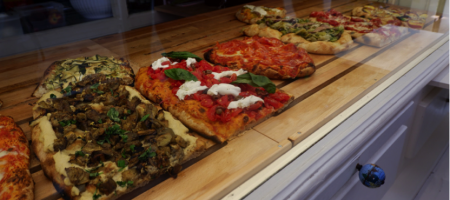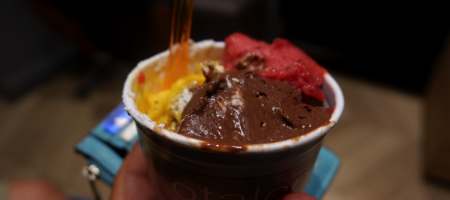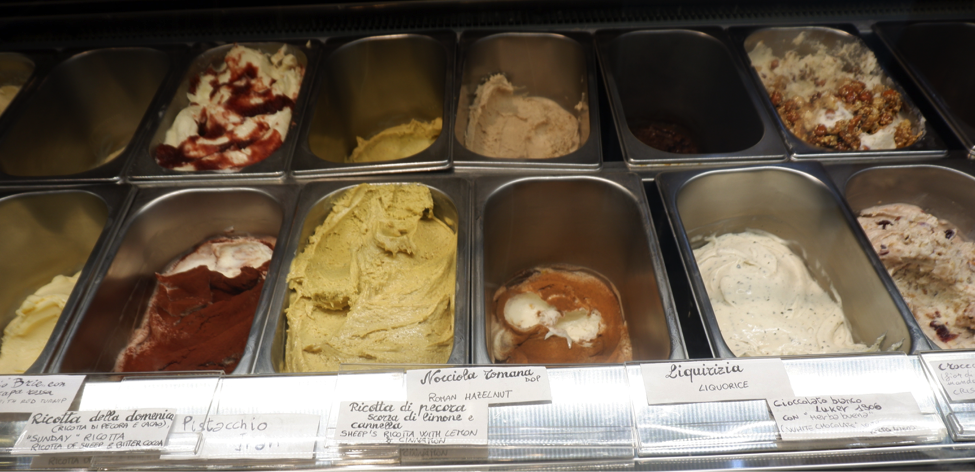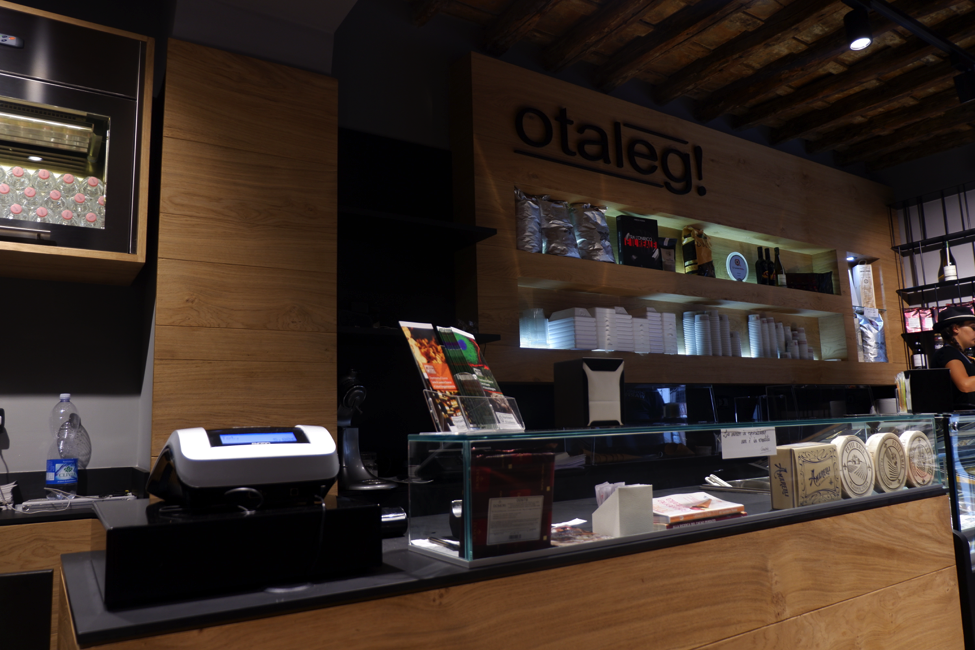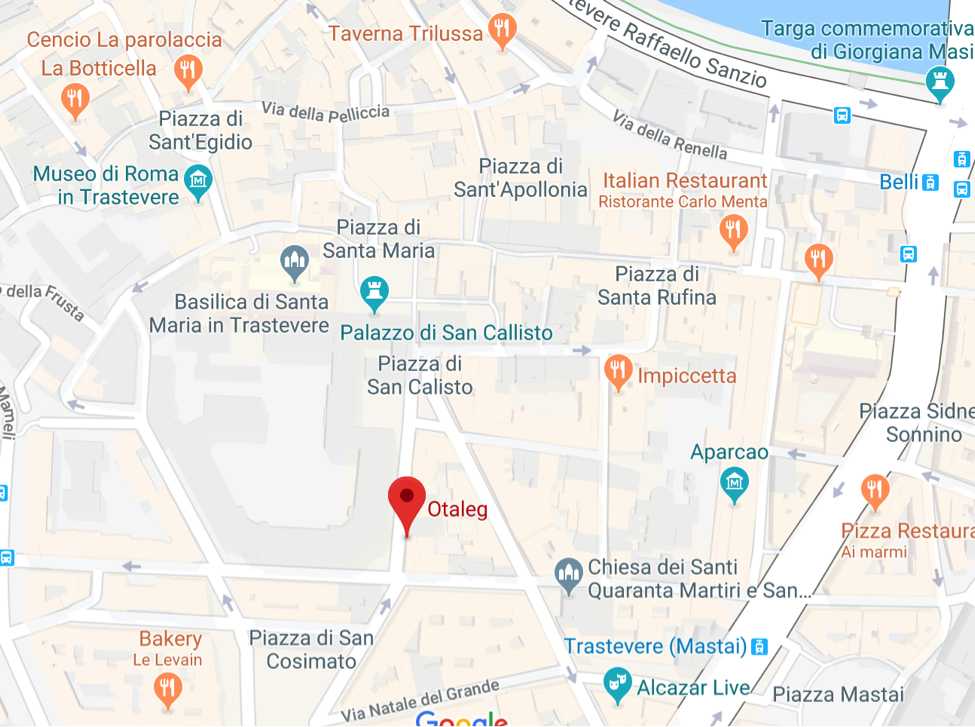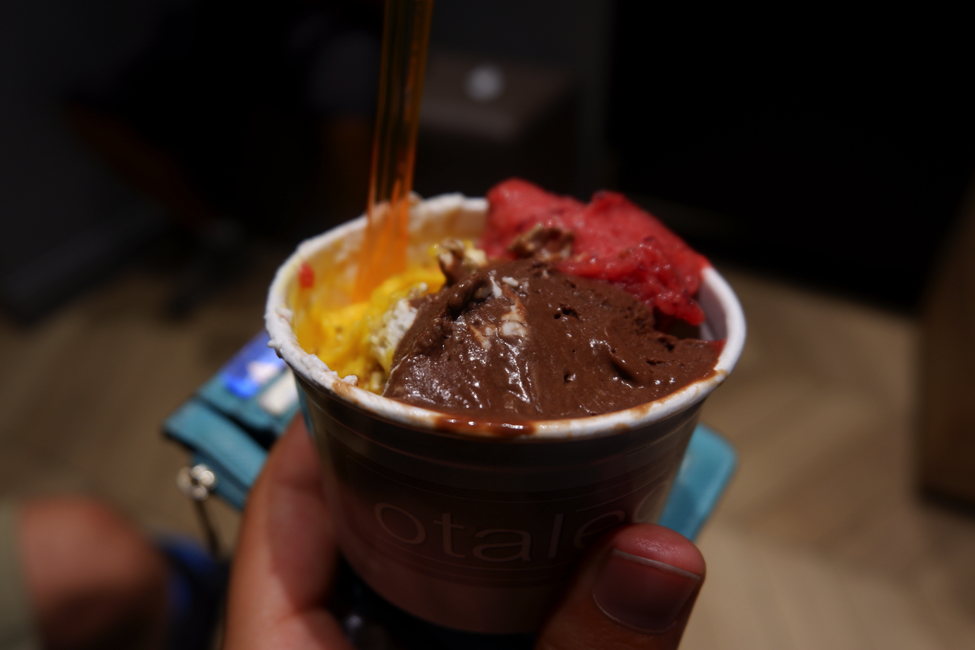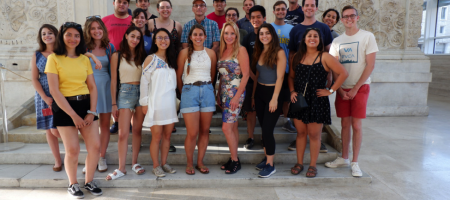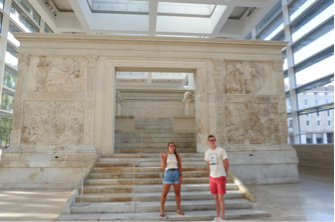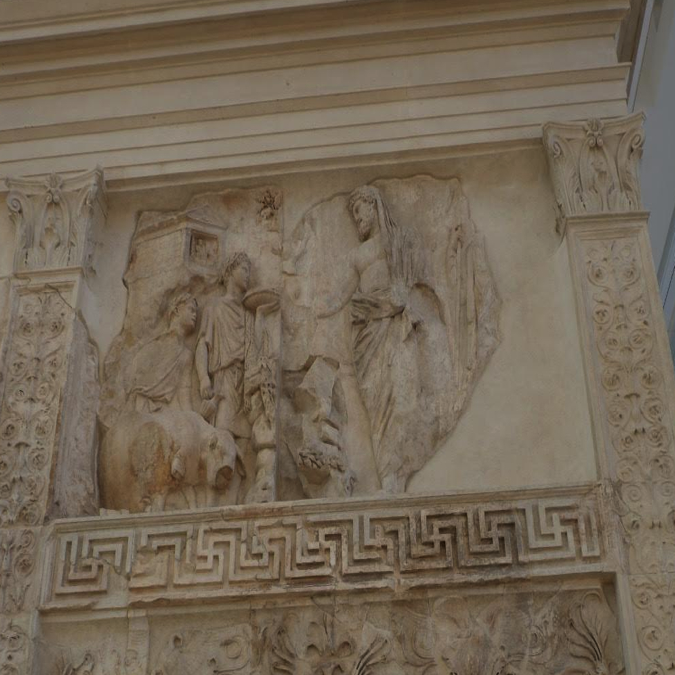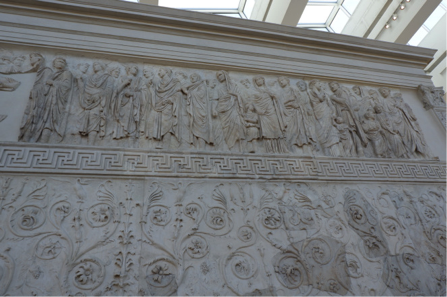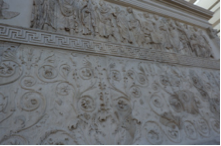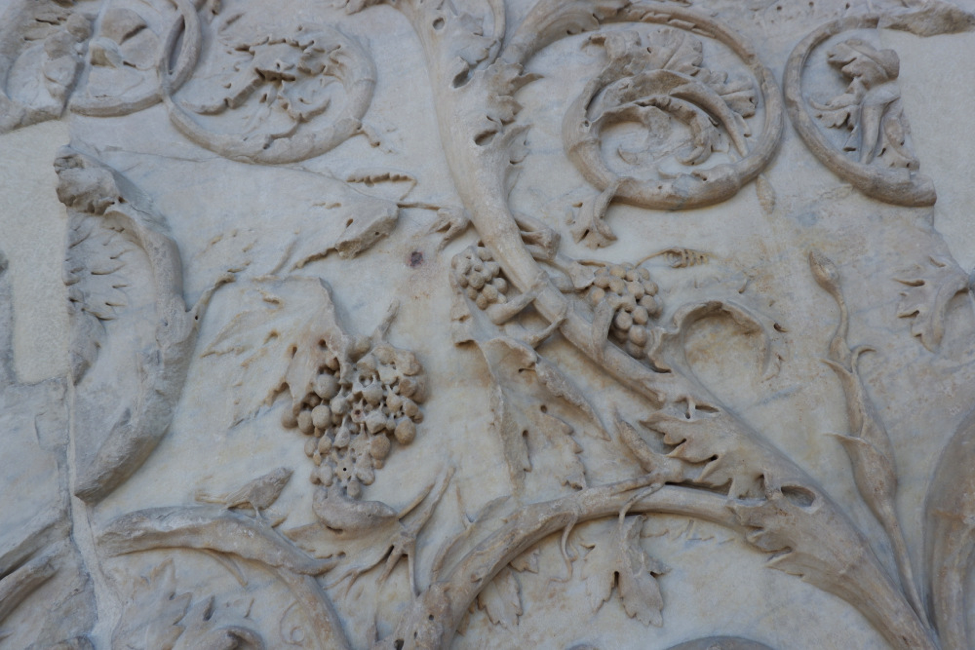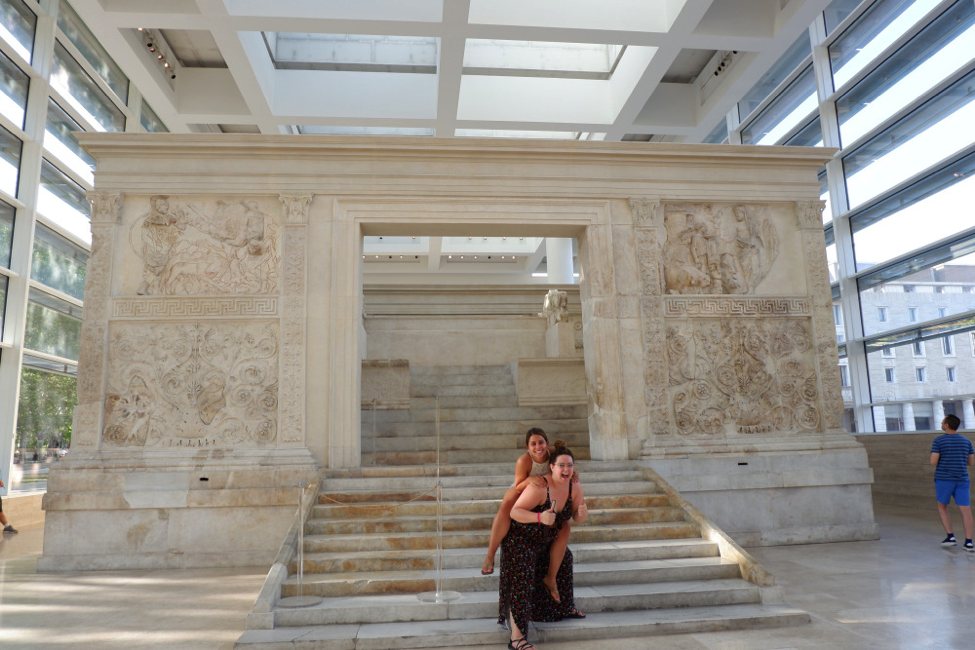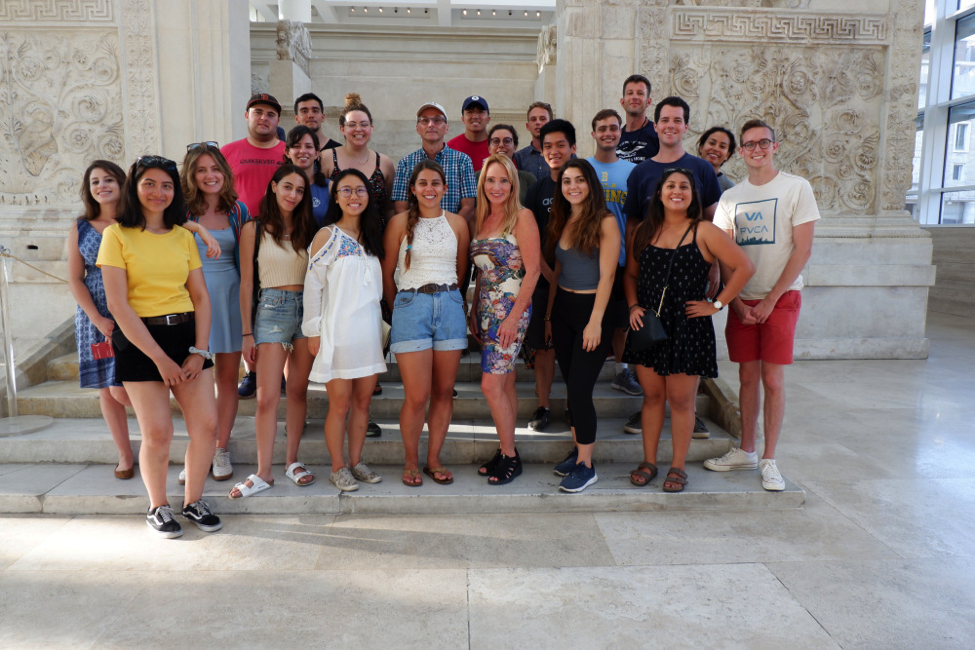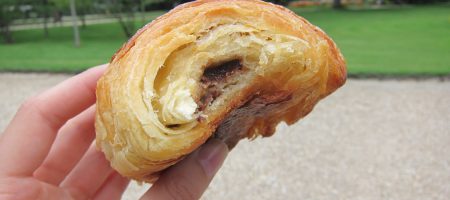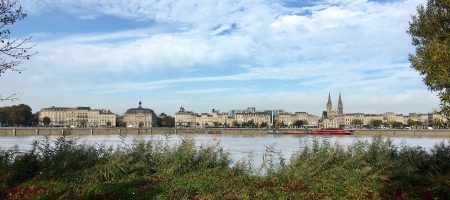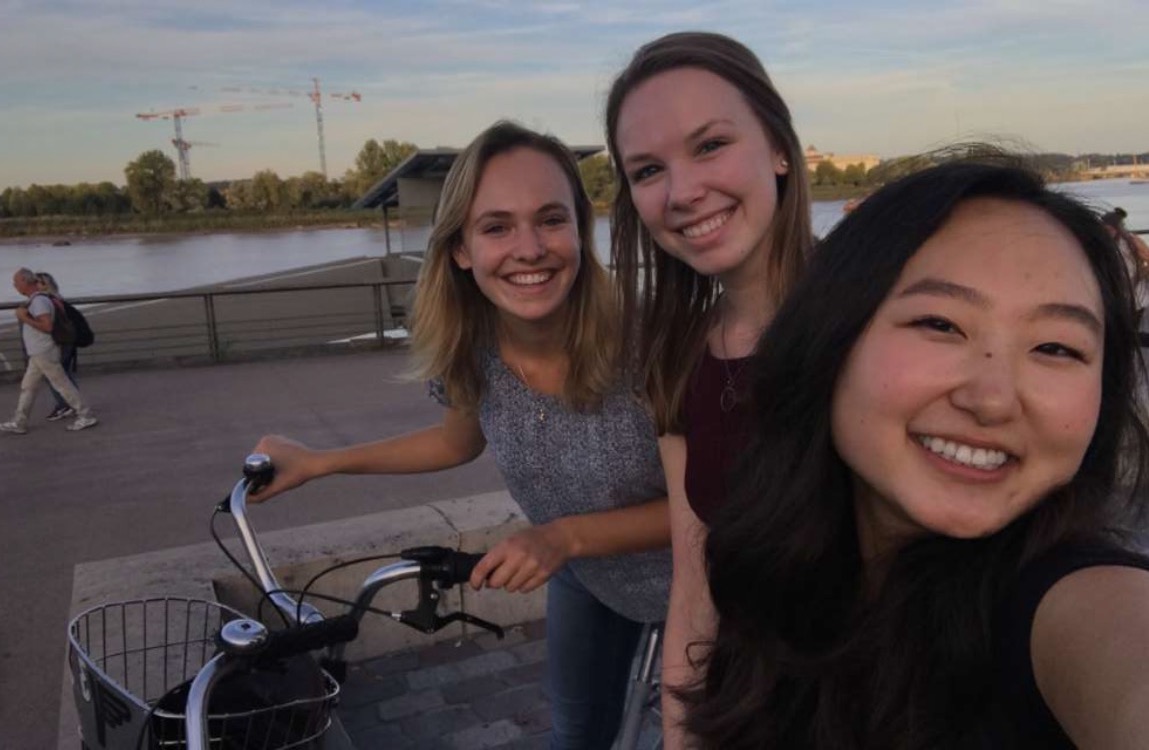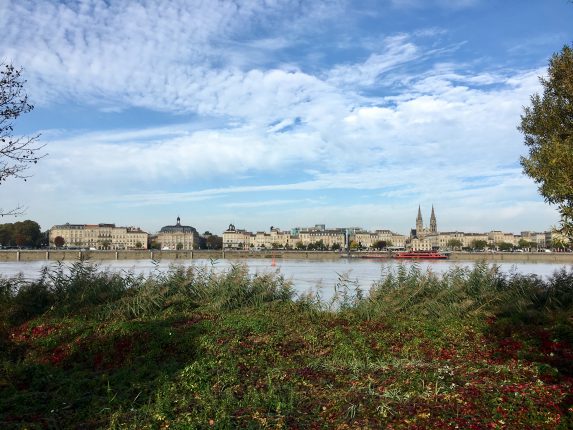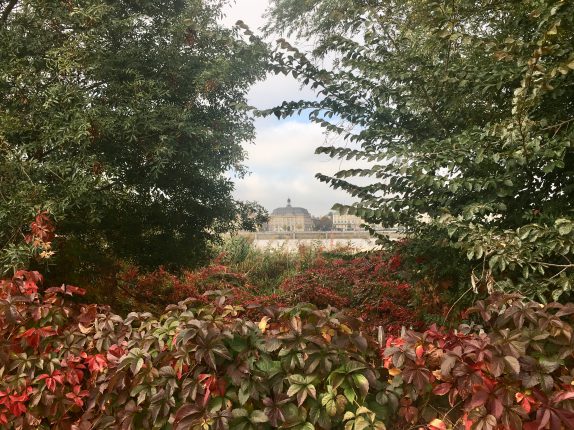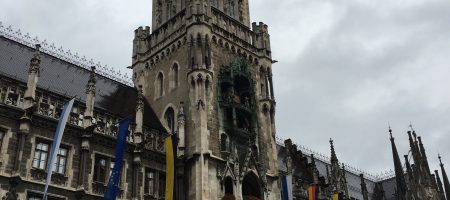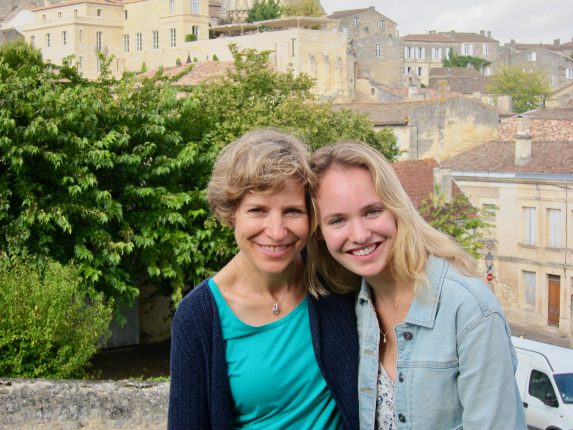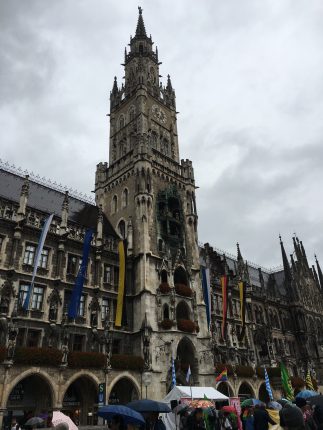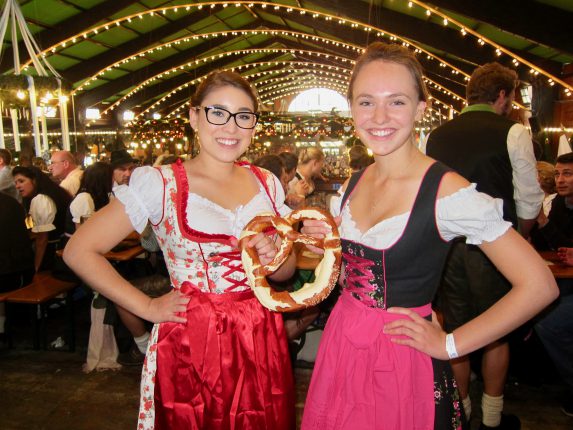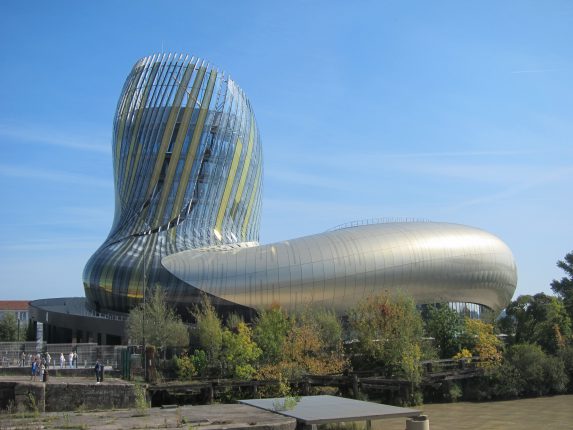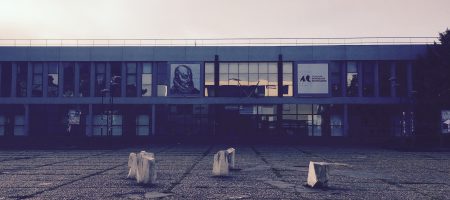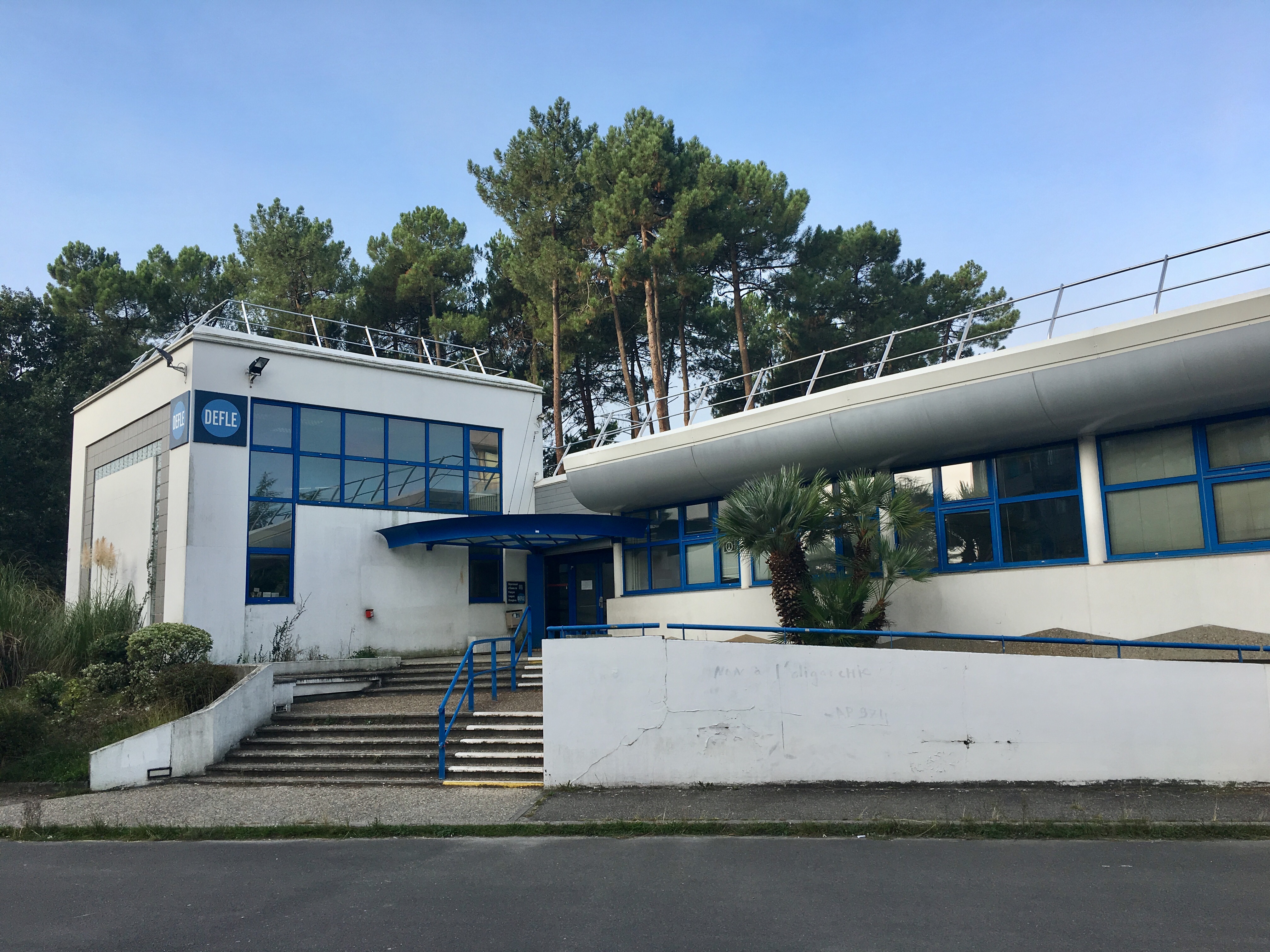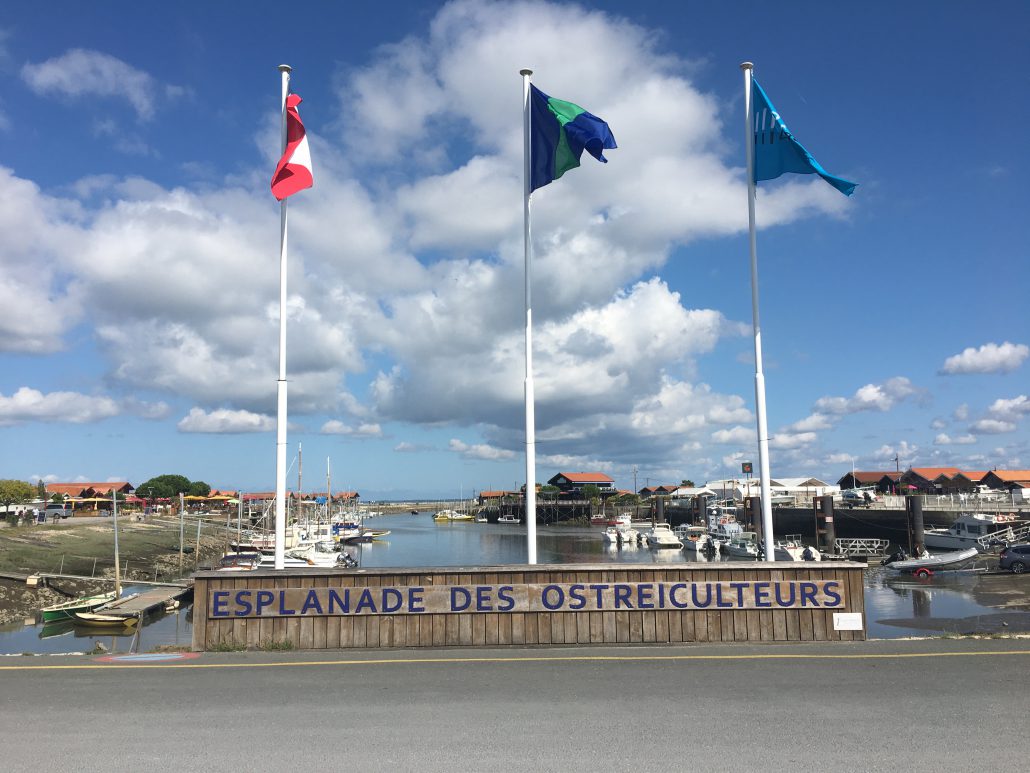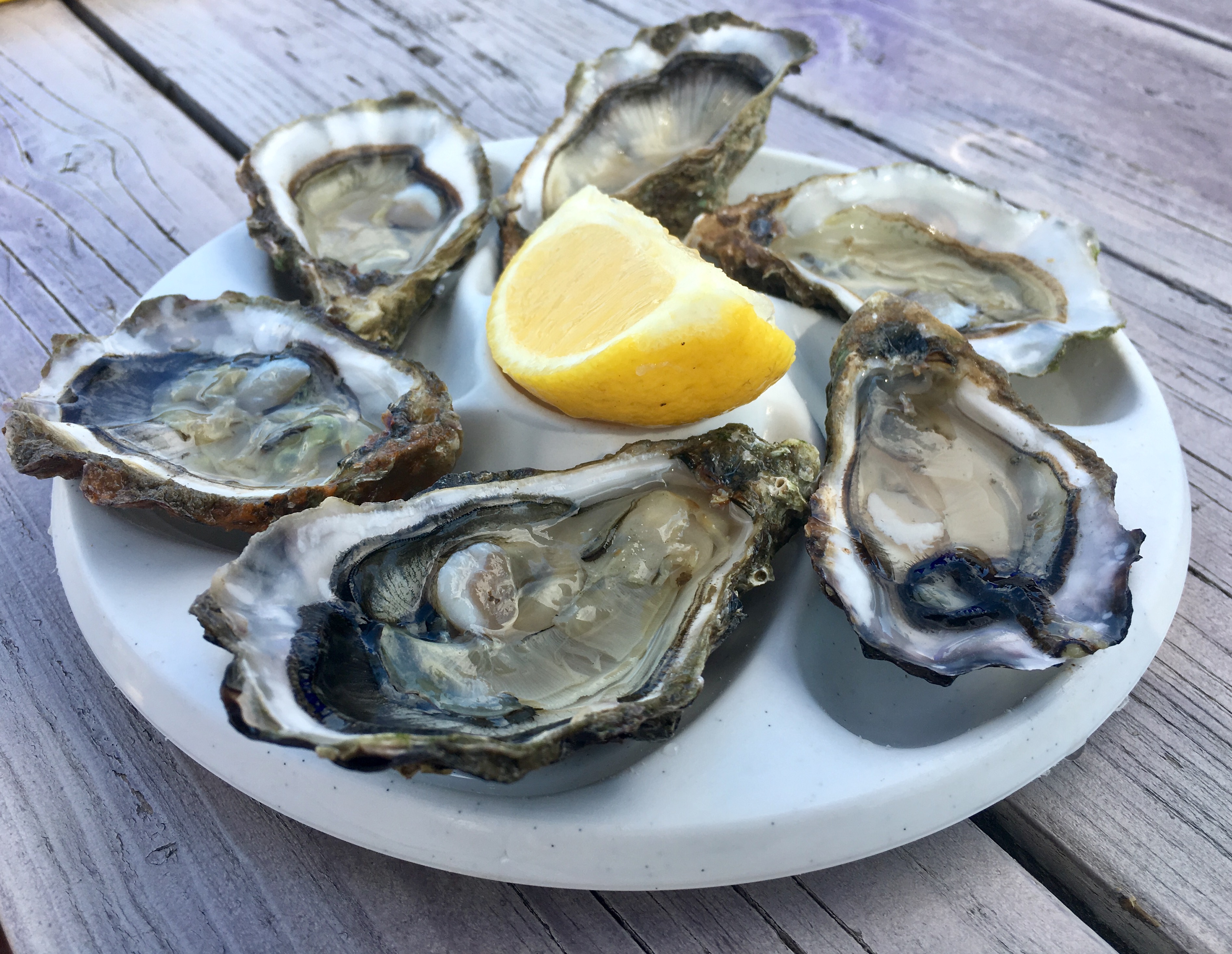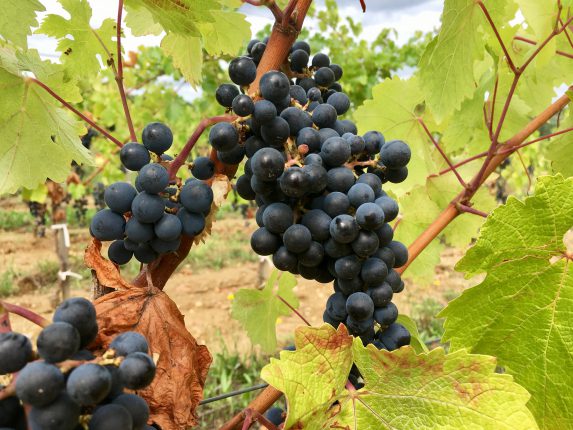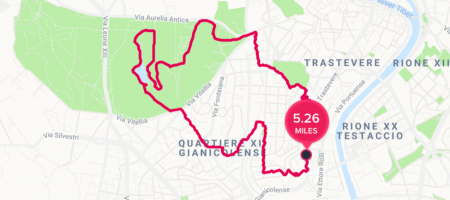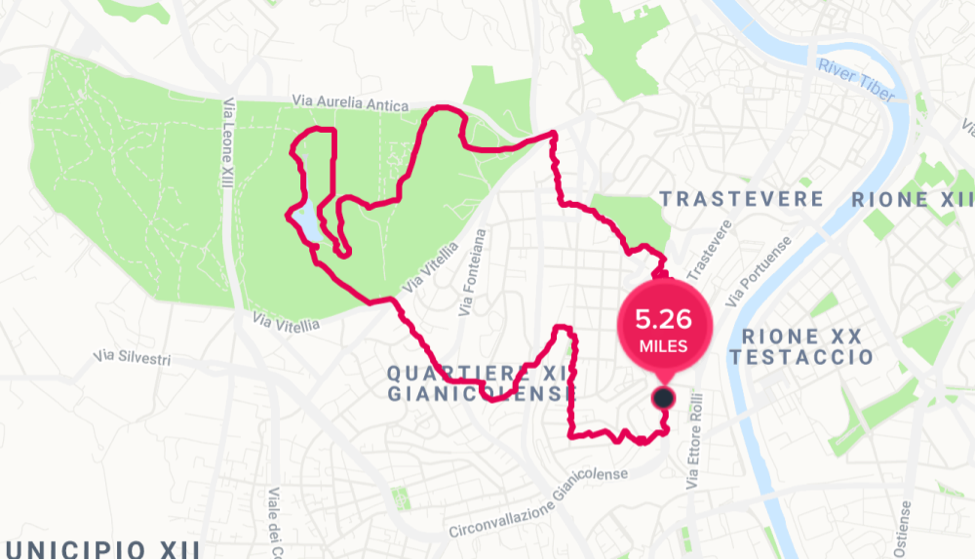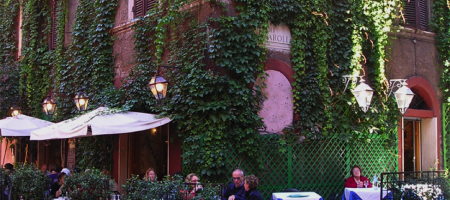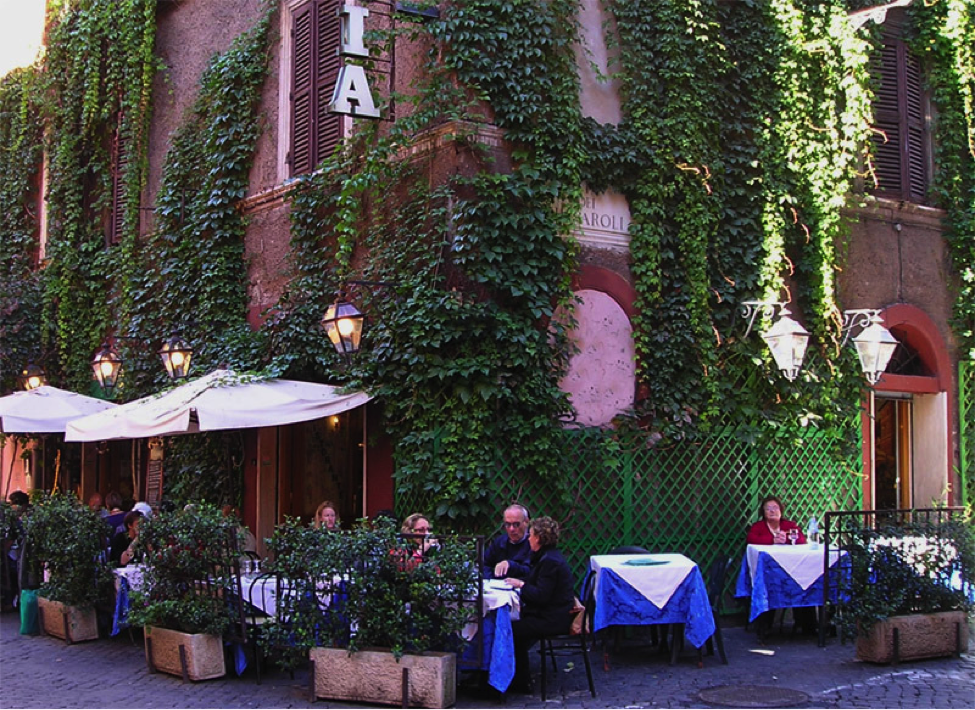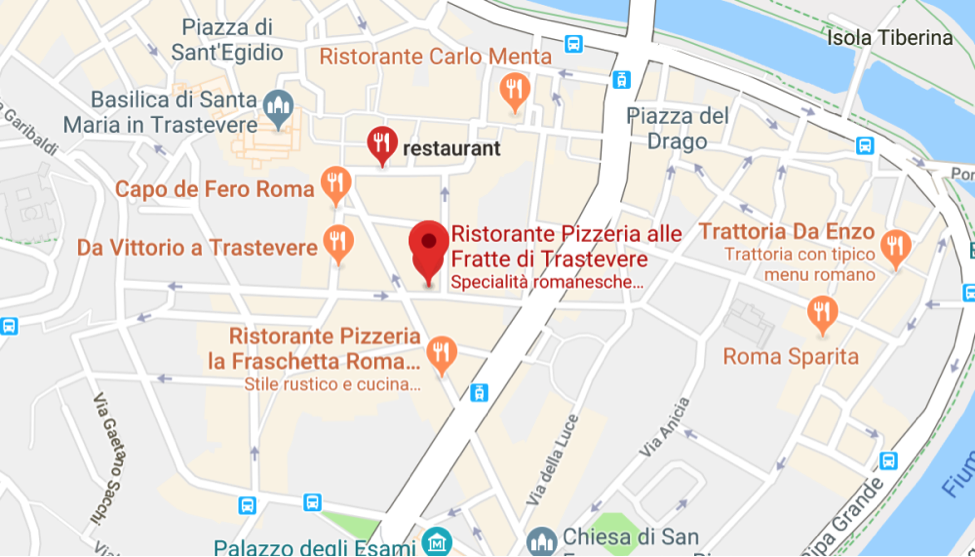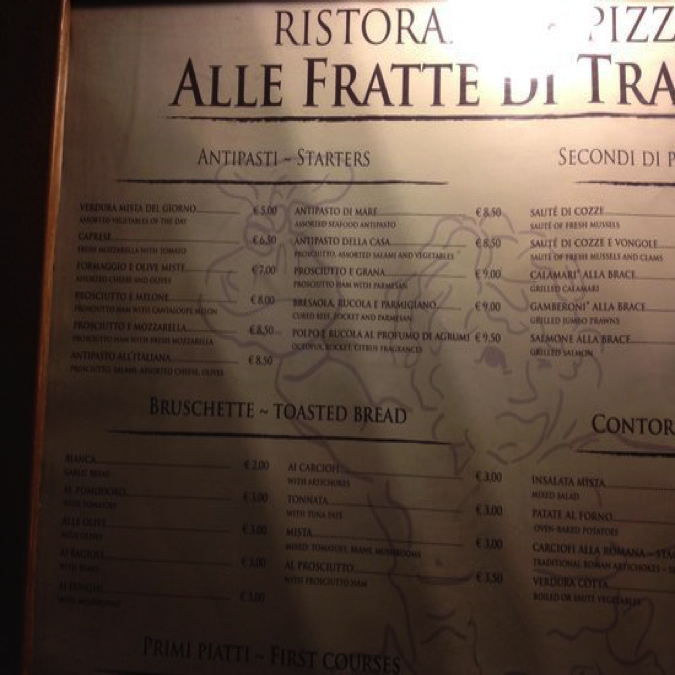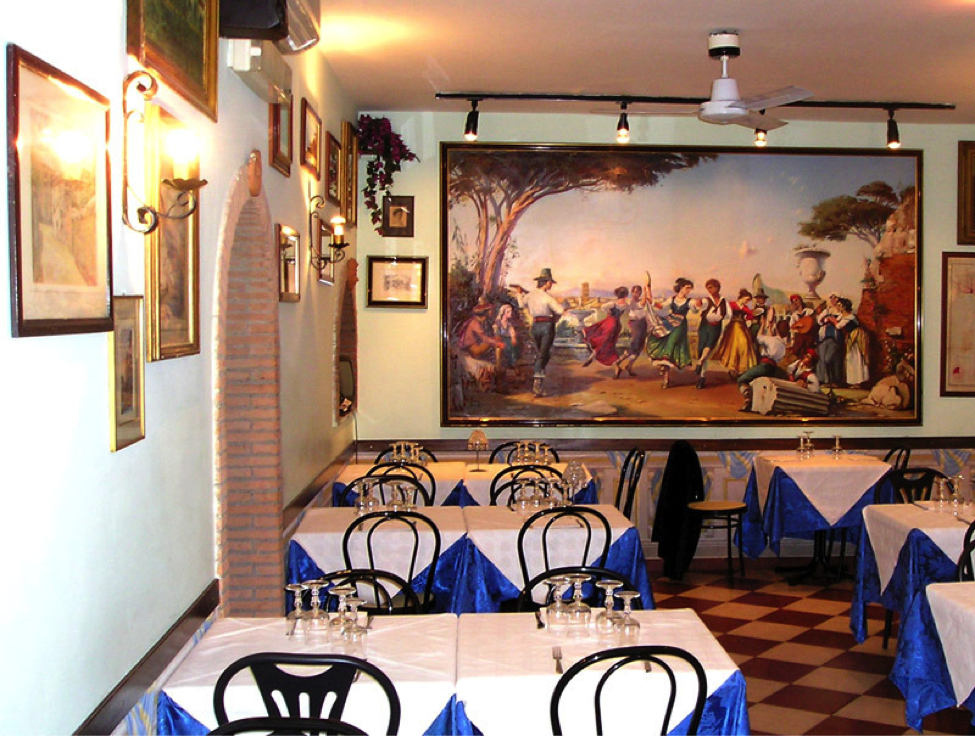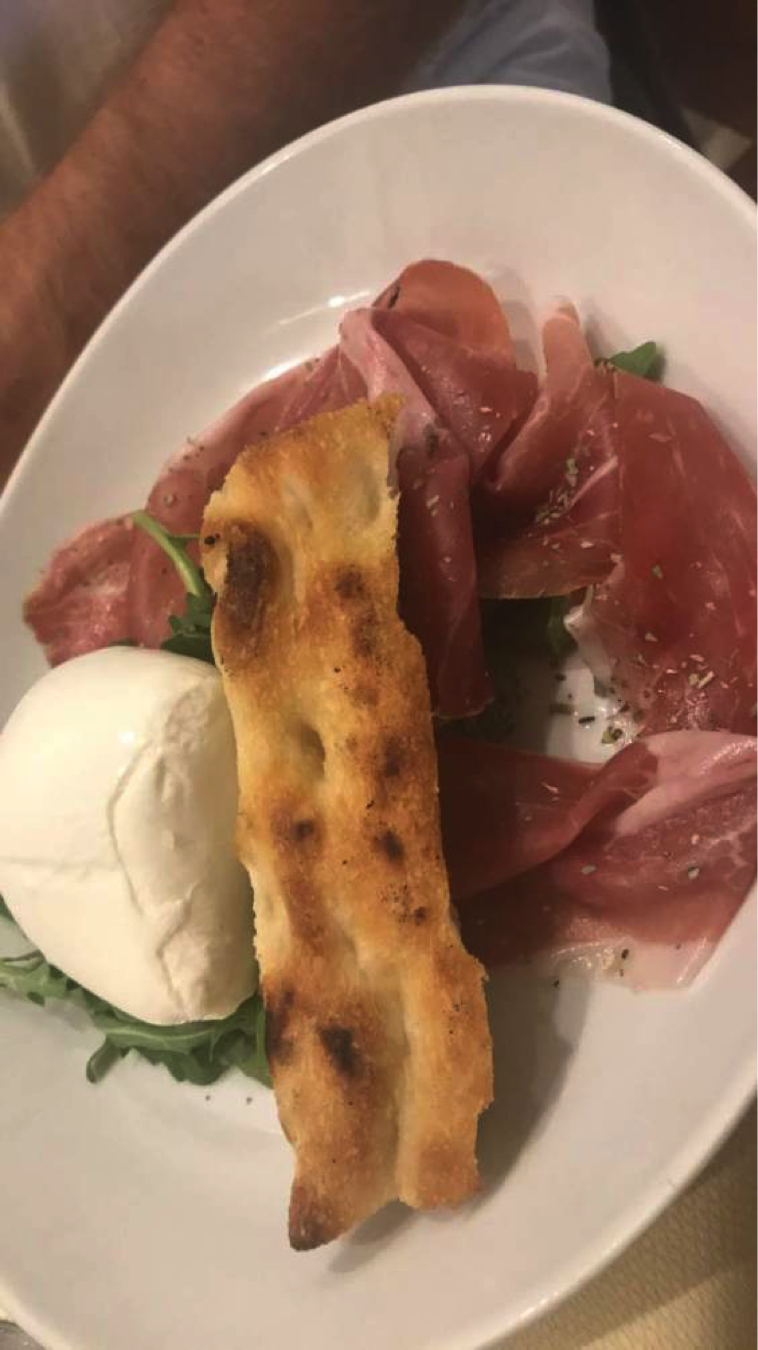Italy | Casa Manco
By Andrea Zachrich
Looking for some amazing Pizza?
Casa Manco has some of the best pizza in Rome.
This pizza tastes how all pizzas should taste. The dough is light and fluffy and thick and not overcooked. They have a variety of toppings (in fact, it changes everyday). It’s not very expensive. And its amazing.

Tell me this pizza doesn’t look amazing
Casa Manco is located in Testacchio New Market near the Jewish Ghetto in Rome in Box 22 of the market. It’s a little stand where you walk up and order your pizza, and then either walk around eating your pizza or go sit at the tables in the food area of the market. It’s made fresh regularly, and you can often see pizzas being made in front of you as you order. The people who work there are also very nice, and they take credit cards (a rarity for smaller places in Italy). You pay by the weight of the pizza you order, so you can get just as much as you need or want for lunch, and save some money by not having any waste. The prices are very reasonable too. When I went for the first time, I got a TON of pizza for just under 10 euros and took half of it home for dinner that evening.

When we went the first time, I got a sample of 4 kinds of pizza: plain cheese, salami, tomatoes and buffalo mozzarella, and gorgonzola and pear. They were all delicious. You can’t go wrong with a plain cheese pizza when the dough and ingredients are exceptional as they are at this pizza stand. The salami was also very good mostly because the salami on the top of the pizza was amazing. It’s a little spicy, but full of flavor. This one was my favorite of the four I tried. The tomato and mozzarella had the least amount of flavor, but don’t let that stop you from getting it because it also tastes very good. The gorgonzola and pear was, while it seems like an interesting comment, was delicious. I don’t even like gorgonzola that much, and I really enjoyed this pizza. The friends I went with to Casa Manco also got a variety of pizzas, including “grice” pizza (pecorino cheese and black pepper), eggplant and spicy provolone pizza, and onion pizza, and everyone really liked whatever they got. I have since tried many of the pizzas there, and you really can’t go wrong with any of them. If you happen to be in this part of town, I would definitely stop by, and even if you’re not in this part of town, you should also make a trip over because this pizza is delicious.
The market its in is also interesting to walk around it. They sell fresh fish, meat, fruits, and veggies, and much of it is beautifully displayed in the stands in the market. If you’re looking to save some money and cook dinner while in Rome, this market has all you need at reasonable prices, and its very fresh.
One important thing to note about the market (including this pizza place), is that it closes for the day in the afternoon, so you can only go to Casa Manco for lunch (or breakfast). We tried to go once for dinner without paying attention to the hours, and we were severely disappointed because we missed out on some great pizza that evening.
So far in Italy, I have only had better pizza in Florence. So, if you’re in the mood for pizza and its not after 3pm, you should make the walk over to Testacchio Market and enjoy some Casa Manco.

We found it!


